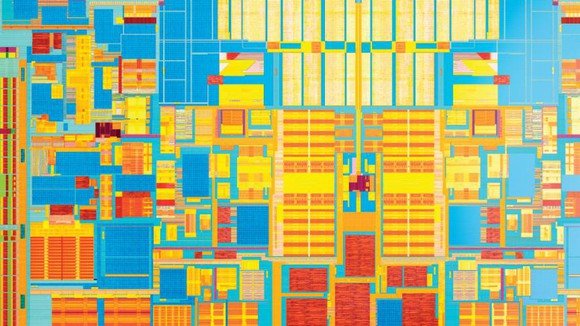A Further Slowdown of Development: 7nm Processors From Intel Are Planned to 2022
The inconspicuous update in the job description, which is looking for the Intel processor designer, revealed that the company apparently postponing 7nm processors by two years.

Processor Chip [http://www.fool.com]
Intel is looking for its research facility in Bangalore, India, designer of processors. Originally should help research and development of processor and graphics cores that will be used in 2020 in, "a futuristic 7nm manufacturing technology." Intel later this advert modified so that it refers to the year 2022 and later. Offer then straighten mention 7nm production process, but "sub-10nm" (ie less than 10 nm).
It's not the first time that Intel had to postpone the launch of processors built on a new, smaller manufacturing processes. The more we approach the transition from silicon to other materials, the more problems we register at reducing production.
The transition from 14nm to 10nm process even caused the end of the traditional tick-tock strategy of issuing new processors. This cycle has replaced the three-phase process consisting of intermediate steps Process (process) Architecture (architecture) and Optimization (optimization).
At 14nm processors Kaba Lake we are in the last phase of optimization. Next year should be followed by 10nm production, which will also be divided into three intermediate steps. 10nanometer processors will arrive in full force in 2018 and after the 2020 transition expected to 7nanometer production.
The fact is that in the desktop Intel does not need to hurry. Competition from AMD's first 14nm processors will only start of 2017 with the arrival of Zen architecture.
Intel decided to build a processor manufacture on blue lasers?
Amazing.
It is interesting, what today progress faster: processor minituarization or battery capacity?
Really, the most important application for such minitiaruzation is mobile devices: laptops and smartphones.
New technology can make us decide if we want 5x faster processors with same TDP, or 5x less power comsuption. I will write about it in next post if you are interested.